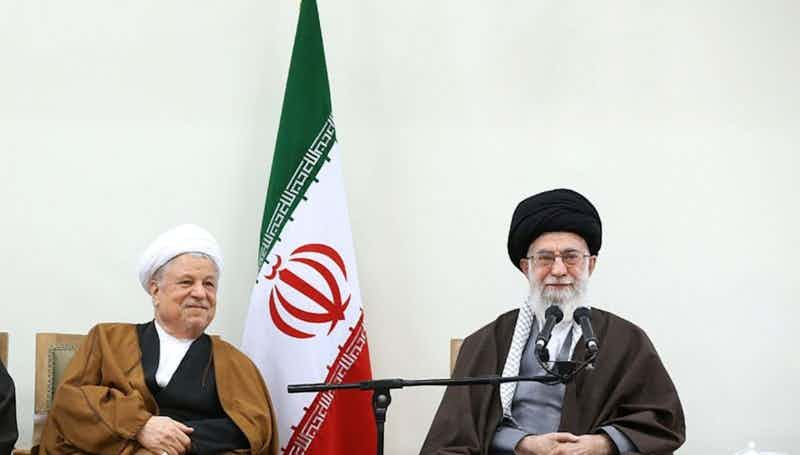Jason M. Brodsky
The Spectator, Dec. 8, 2024
“Iran’s national security strategy has been unravelling in real time.”
Iran’s Axis of Resistance is falling apart. Israel has significantly degraded Hezbollah’s capabilities and decapitated its leadership. Hamas has been left decimated in Gaza. The regime of Syria’s President Bashar al-Assad has collapsed. Intact for now are the Shiite militias in Iraq and the Houthis in Yemen. Such a situation is not only a product of geopolitical trends but also an indictment of the leadership of the Islamic Revolutionary Guard Corps (IRGC) Quds Force. This will necessitate a reorienting of Iranian strategy.
2024 has been Iran’s Ayatollah Ali Khamenei’s annus horribilis. Tehran began this year in a stronger regional position, with Israel seemingly entrapped in an endless conflict with Hamas in Gaza leading to its growing international isolation and Iran’s increasing integration. But then events took a turn for the worse for Khamenei beginning in January, when Saleh al-Arouri, the deputy political leader for Hamas and a key interlocutor with Tehran, was killed by Israel. In March, Israel assassinated the Commander of the IRGC Quds Force’s Department 2000, which led its Levant operations, Mohammad Reza Zahedi and his senior deputies in Syria. This gutted the IRGC of institutional memory, networks, and experience in a critical theater for Tehran. Zahedi’s successor Abbas Nilforoushan was killed months later.
Then came May, when President Ebrahim Raisi and Foreign Minister Hossein Amir-Abdollahian, who was an important diplomatic liaison with the Axis of Resistance and once known as a representative of the late Qassem Soleimani, died in a helicopter crash. That scrambled succession plans for the supreme leader as Raisi was thought to be a leading contender. In July, Israel eliminated Hamas’s political leader Ismail Haniyeh in a Tehran guesthouse, embarrassing Khamenei.
Fast forward to the autumn, when the Jewish state launched a series of devastating operations against Hezbollah, killing its leadership, including Secretary-General Hassan Nasrallah, his successor Hashem Safieddine, many members of its Jihad Council who were wanted by the international community for decades over terrorism, and longtime senior operatives who were the glue within the broader Axis of Resistance. Nasrallah himself was so influential as a strategist for Tehran that there was speculation that he could even succeed Khamenei as supreme leader. …SOURCE
Jason M. Brodsky is the policy director of United Against Nuclear Iran (UANI) and is a non-resident scholar at the Middle East Institute’s Iran Program. He is on Twitter @JasonMBrodsky.


